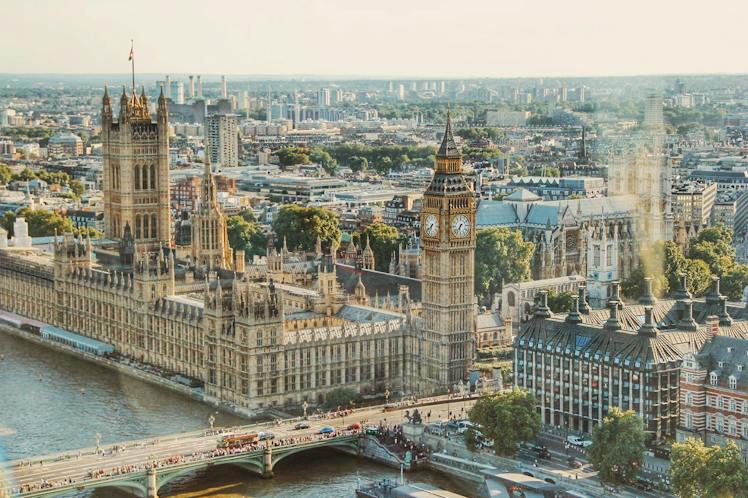/ London Guide/ London Attractions
When you think of London, the iconic image of Big Ben often comes to mind. Yet, surprisingly, very few visitors actually see Big Ben itself—the bell. Many people assume the name refers to the tower, but the tower is actually called the Elizabeth Tower, while Big Ben is the massive bell inside.
The Elizabeth Tower stands proudly at the north end of the Palace of Westminster, forming part of London’s UNESCO World Heritage-listed skyline. Built in 1859, it houses the world’s largest four-faced clock, with each dial measuring an impressive seven metres in diameter. Visiting the clock is no small feat: there are no lifts, and the climb involves 399 winding stairs to reach the top of the 320-foot tower.
Maintaining the Clock: The Penny Method
Keeping Big Ben accurate is a highly specialized task. The clock specialist climbs the tower regularly to maintain the clock’s precise timing. Amazingly, this is achieved using an ingenious and very simple technique involving a pile of pennies.
Only pre-decimal pennies coined before the 1970s are used. Adding a penny to the pendulum allows the clock to gain two-fifths of a second every 24 hours, while removing one penny slows it by the same amount. It’s a simple yet fascinating method that has kept the Elizabeth Tower’s clock impeccably accurate for decades.
Big Ben: The Bell
Big Ben itself is monumental. Cast in England, the bell weighs 13.7 tonnes and stands 2.2 metres high. Its distinctive chimes are recognized worldwide, serving as a symbol of London and British culture. During World War II, Big Ben’s sound became a symbol of resistance across Europe, providing hope and resilience in dark times.
Every year on Remembrance Day, Big Ben’s chimes mark the 11th hour of the 11th day of the 11th month, just as it did in 1918 at the end of World War I. National ceremonies at the Cenotaph in Whitehall pause as the bell tolls, honoring those who have sacrificed their lives.
On a more celebratory note, Big Ben’s chimes also ring in the New Year, broadcast live across radio and television, adding to the bell’s enduring popularity and global recognition.
Who Was Big Ben?
The origin of the nickname “Big Ben” has been debated for over a century. There are two main theories: one credits Benjamin Caunt, a famous boxing champion of the era, while another attributes it to Sir Benjamin Hall, the first Commissioner of Works involved in installing the bell. Regardless of its origin, the name has become a beloved part of London’s cultural identity.
Visiting Big Ben: Tips for Tourists
If you’re planning a visit, staying near Plaza Hotel London makes it convenient to explore this and other central London attractions. Start your day with breakfast at nearby South Kensington restaurants, then make your way to Westminster. While the interior tours of the Elizabeth Tower are limited and require advanced booking, admiring the tower from the surrounding Parliament Square offers plenty of photo opportunities.
Combine your visit with nearby landmarks like Westminster Abbey, the Houses of Parliament, and the River Thames for a full London sightseeing experience. Whether you’re a history buff, architecture lover, or just looking to enjoy a classic London day trip, Big Ben is an unmissable destination.
Final Thoughts
Big Ben is more than just a bell; it’s a symbol of London’s history, resilience, and charm. From the fascinating clock mechanics to the monumental bell and the rich stories behind its nickname, visiting this iconic landmark is an essential part of any London itinerary. Staying near Park City Grand Plaza Kensington ensures you’re perfectly placed to explore Big Ben and soak in the sights and sounds of central London.


